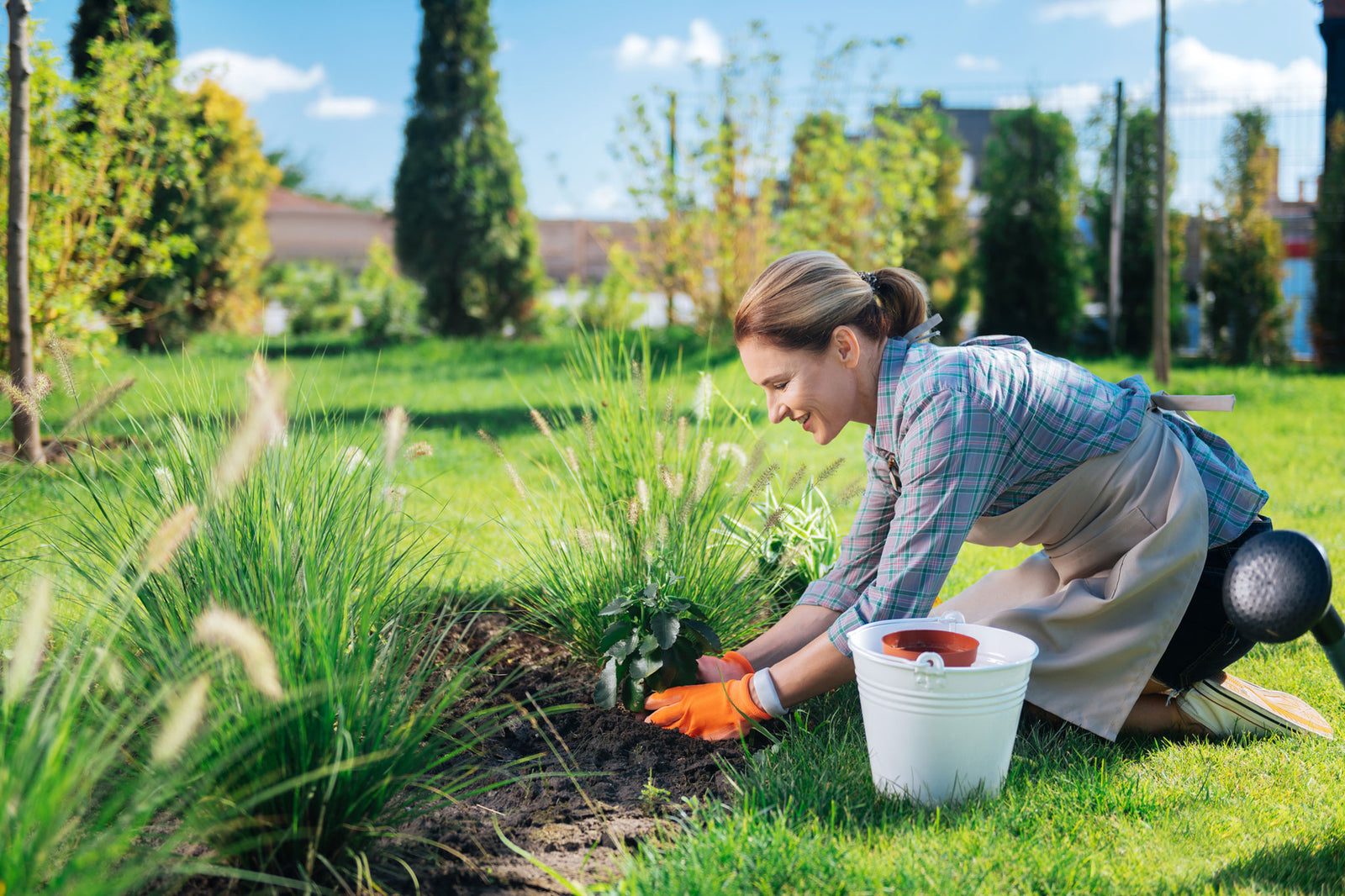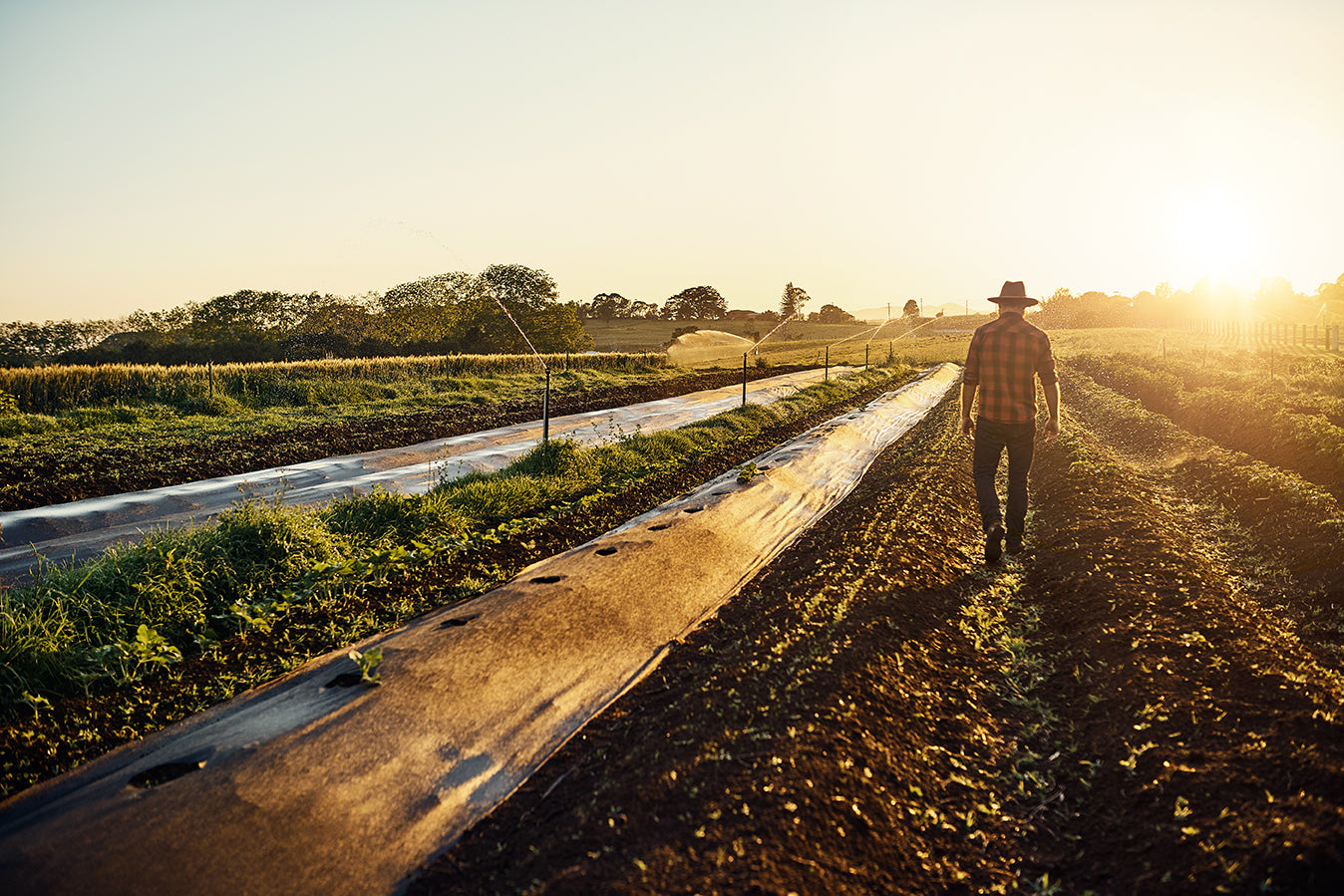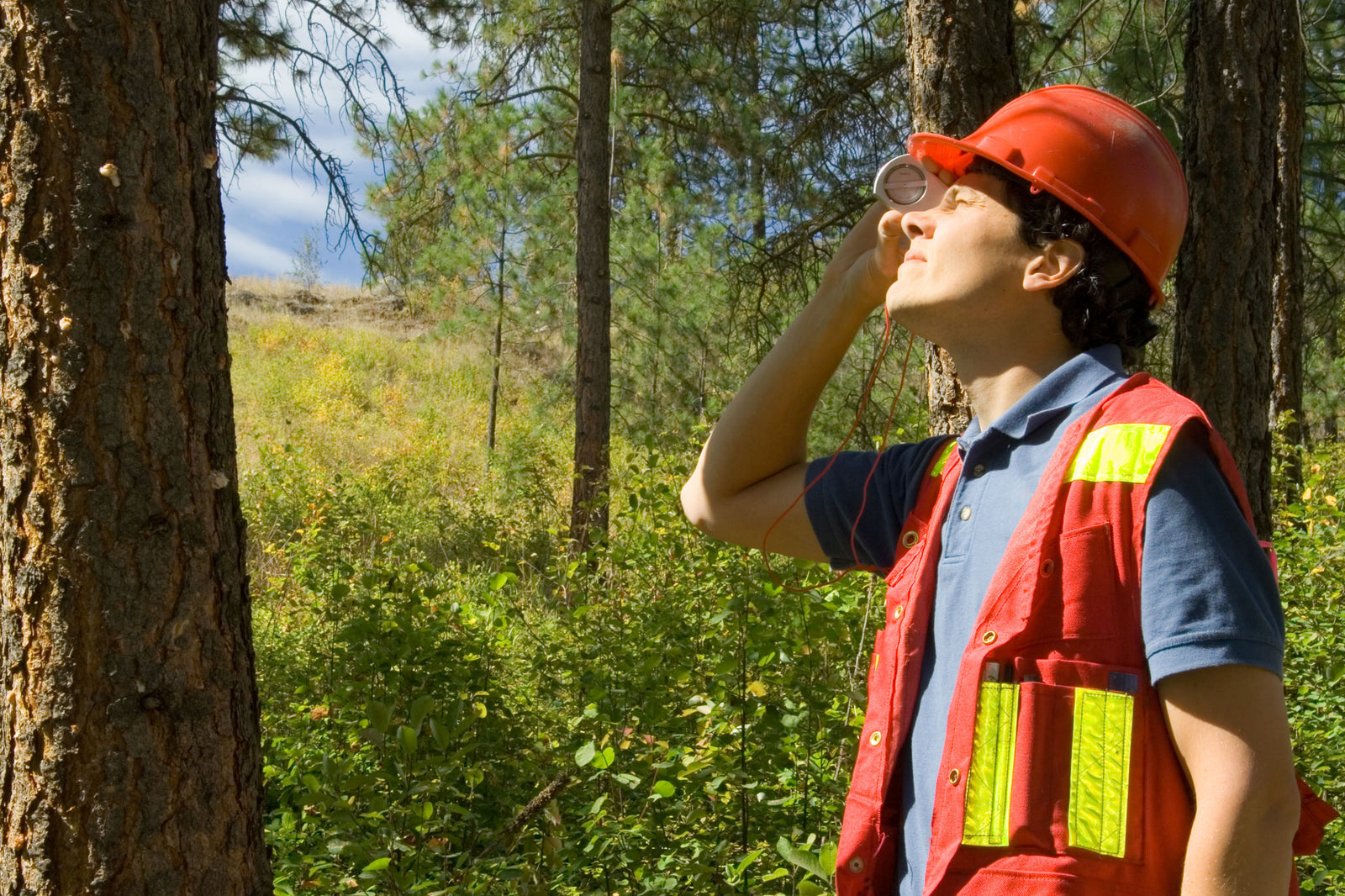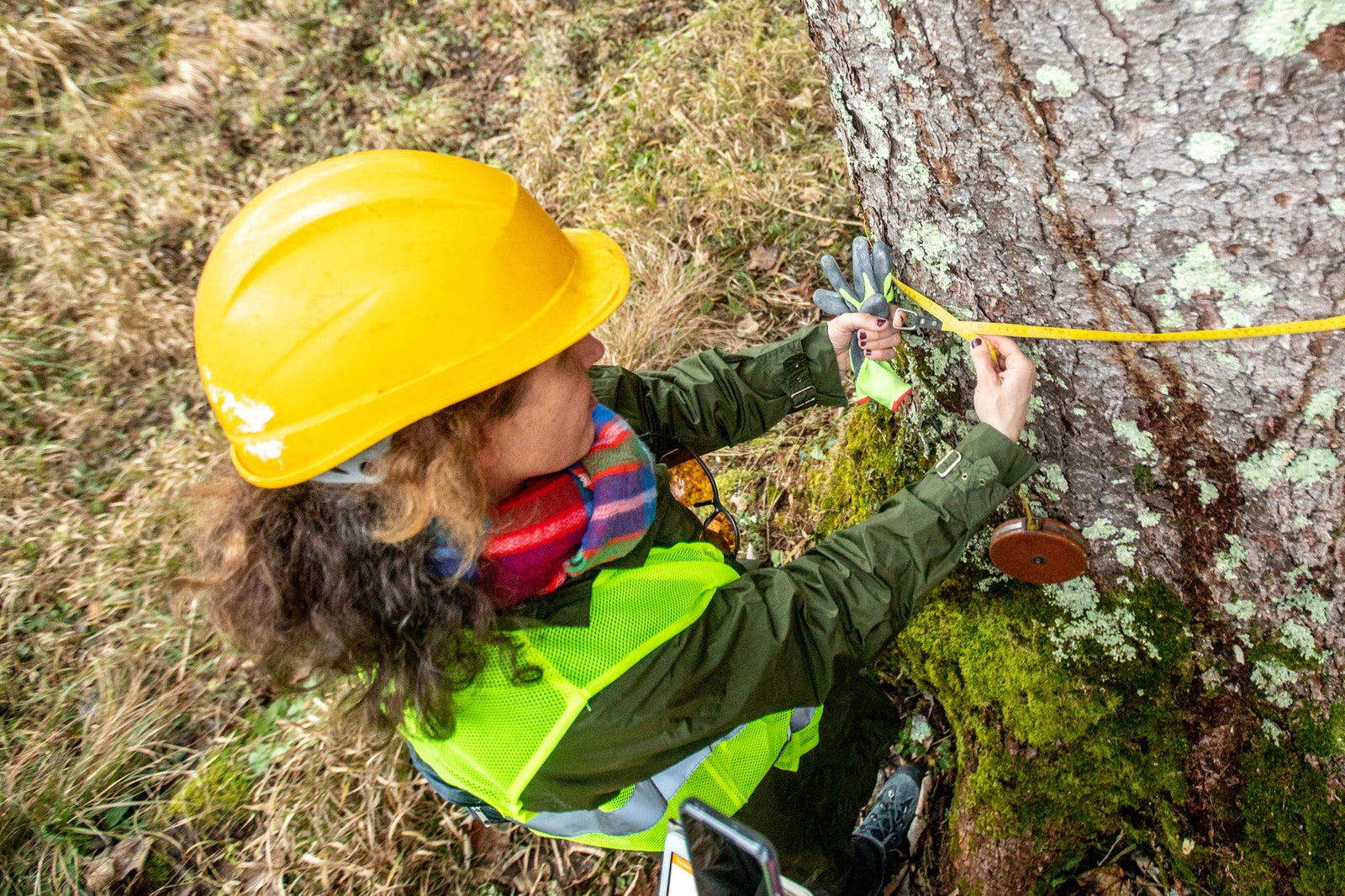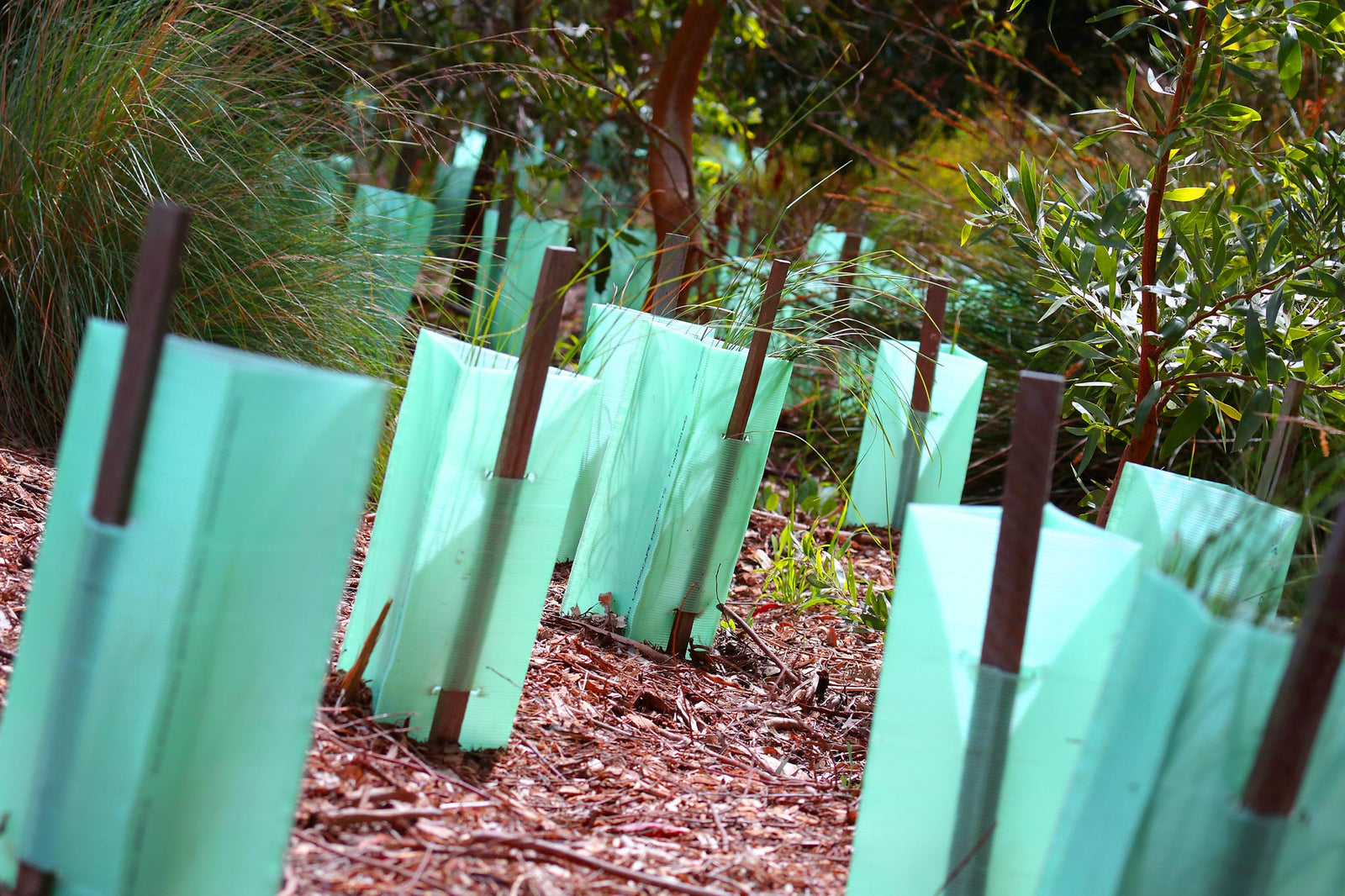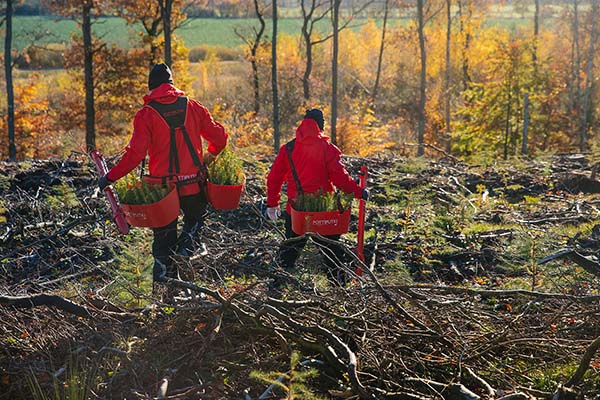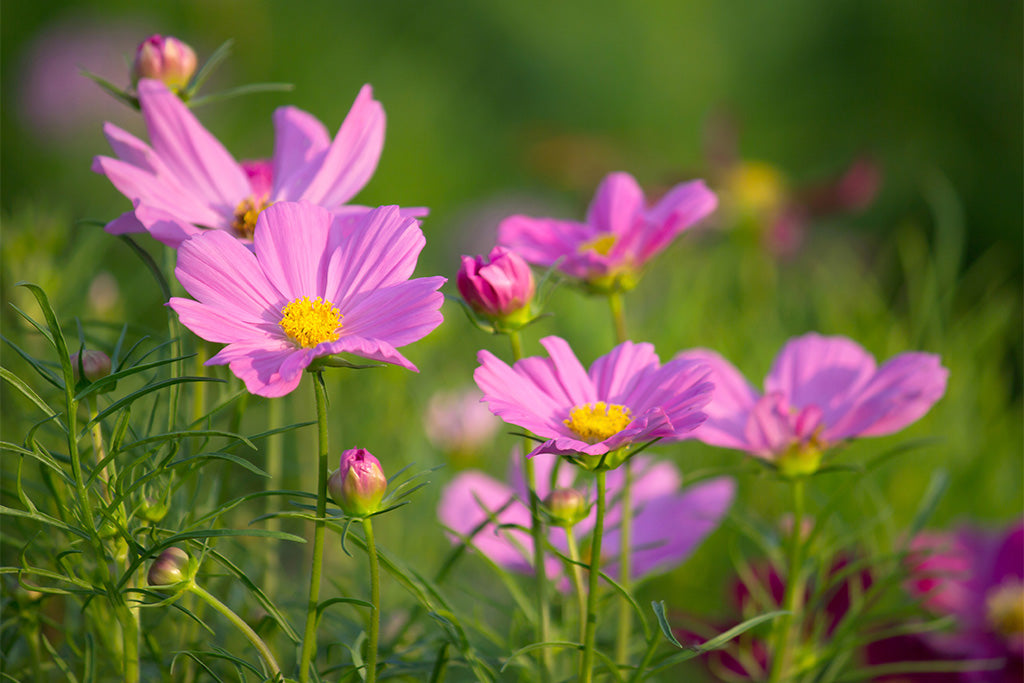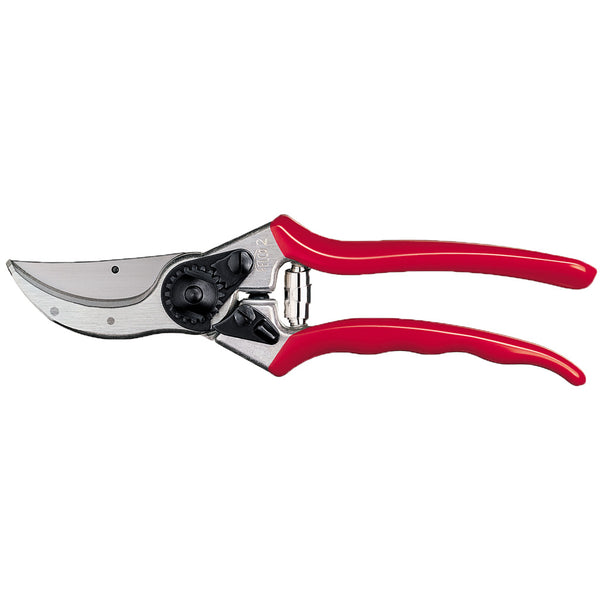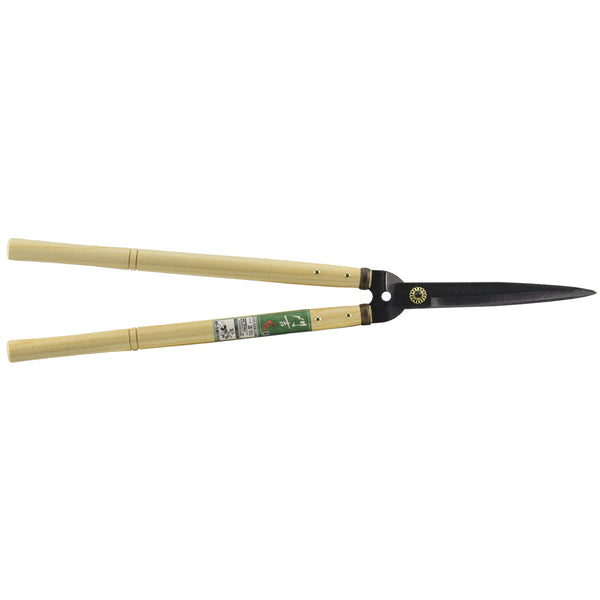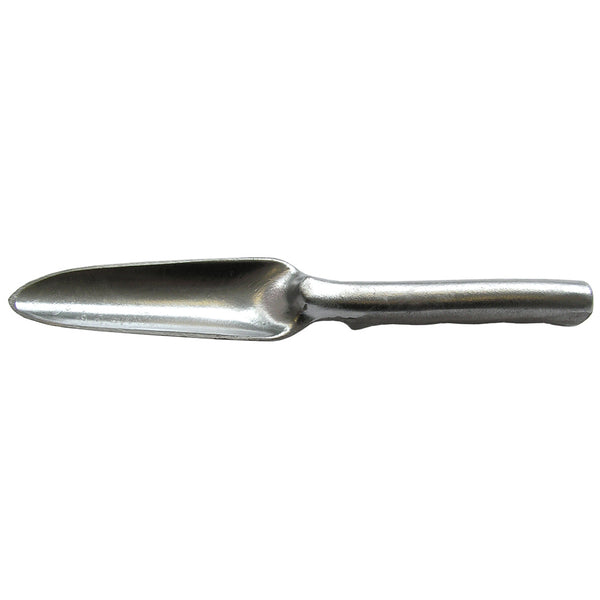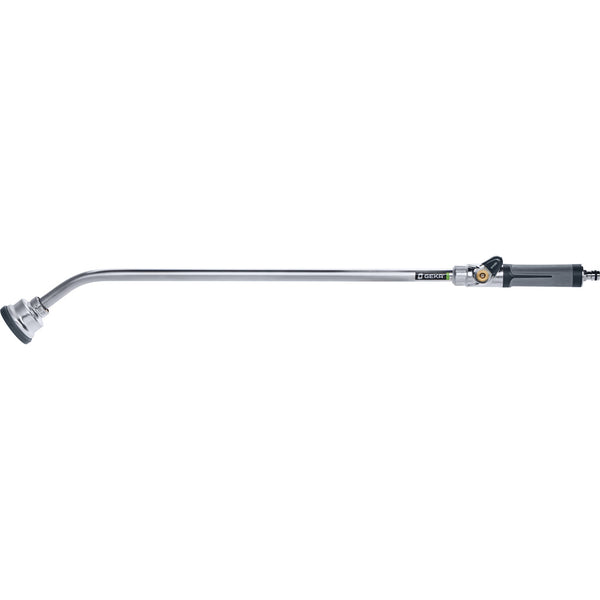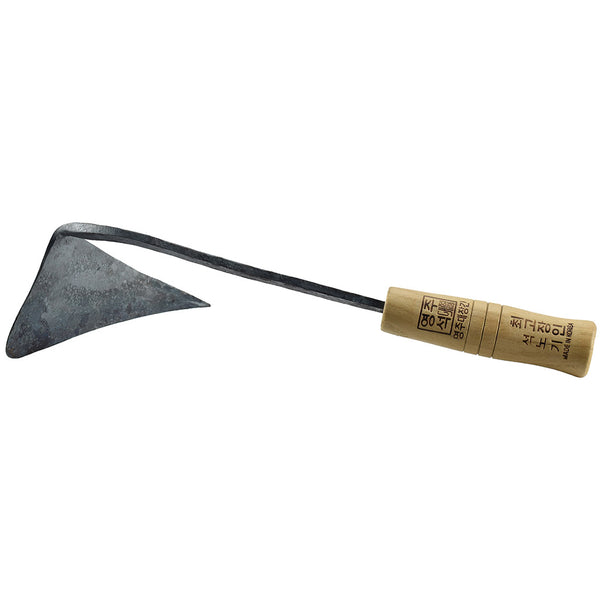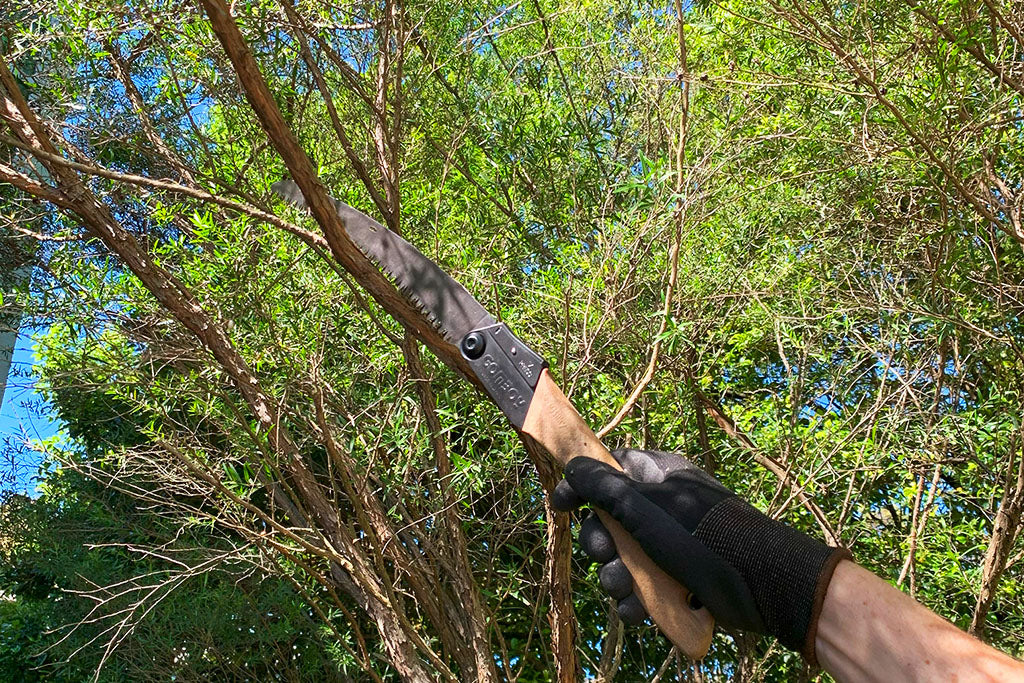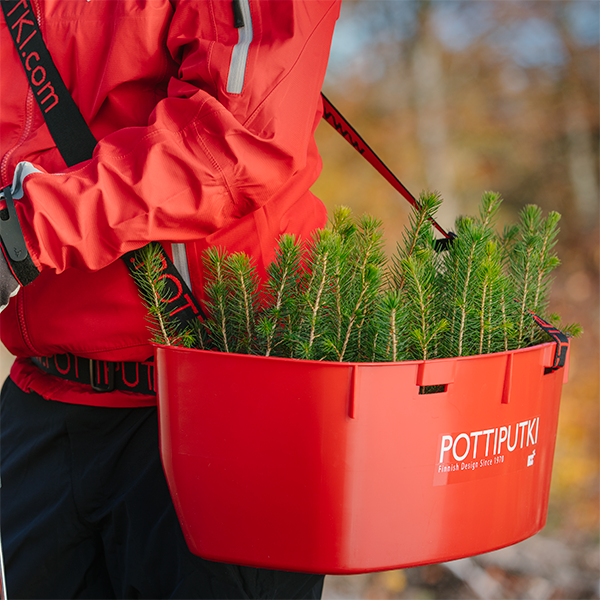7 Simple Spring Gardening Tips
Spring is here and it's time to get your garden ready for the new season. Australia has a diverse climate and different regions have different gardening challenges and opportunities. Whether you live in the tropical north, the temperate south, the arid west or the coastal east, spring gardening can be a rewarding and relaxing activity.
If that sounds appealing, but you’re not sure where to start - good news! We’ve got seven top tips for spring gardening that will help you make the most of your outdoor space…

1. Clean up your garden.
The first step to spring gardening is to tidy up your garden from the winter debris. Remove any dead or diseased plants, weeds, fallen leaves and branches. Prune any shrubs or trees that need shaping or trimming. Rake and aerate your lawn to improve drainage and encourage new growth.
2. Prepare your soil.
The next step is to enrich your soil with organic matter, such as compost, manure or mulch. This will improve the soil structure, fertility and water retention. You can also add some slow-release fertiliser to give your plants a boost of nutrients. Dig or till your soil to loosen it and make it easier for the roots to grow.
3. Choose your plants.
Spring is a great time to plant a variety of flowers, vegetables and herbs that will brighten up your garden and provide you with fresh produce. Some of the best spring flowers are pansies, violas, primroses, daisies and snapdragons. Some of the best spring vegetables are lettuce, spinach, kale, radishes and peas. You can also plant perennial plants, such as roses, lavender, mint and sage, that will come back year after year.
4. Plant your seeds or seedlings.
Depending on what you want to grow and where you live, you can either start your seeds indoors or sow them directly in the ground. Follow the instructions on the seed packets for the best time, depth and spacing to plant your seeds. If you buy seedlings from a nursery, make sure they are healthy and pest-free. Transplant them carefully into your prepared soil and water them well.
5. Water and mulch your plants.
Watering is essential for spring gardening, as the weather can be dry and windy. Water your plants deeply and regularly, especially in the first few weeks after planting. Avoid watering in the middle of the day when the sun is hot and can evaporate the water. Mulching is also important to conserve moisture, suppress weeds and protect the roots from temperature fluctuations. Use organic mulch, such as straw, bark or sugar cane, around your plants.
6. Protect your plants from pests and diseases.
Spring gardening can also attract unwanted visitors, such as insects, snails, slugs and birds, that can damage your plants. To prevent this, you can use natural methods, such as companion planting, netting, traps or barriers. You can also use organic pesticides or fungicides if needed, but always follow the label directions and avoid spraying on windy or rainy days.
7. Enjoy your garden.
The last tip for spring gardening is to have fun and enjoy the fruits of your labour. Spend some time in your garden every day to observe the changes, watch the wildlife and harvest what you grow. You can also share your garden with your family and friends by inviting them over for a picnic, a barbecue or a garden party.
Spring gardening is not only a hobby but also a way of life that can improve your health, happiness and well-being. With these seven top tips for spring gardening, you can create a beautiful and productive garden that will bring you joy throughout the season.
If you need any tools or equipment for spring gardening, check out Forestry Tools, where you can find everything from pruning shears to weeding tools to worm farms. Forestry Tools is your one-stop shop for all your spring gardening needs.

